
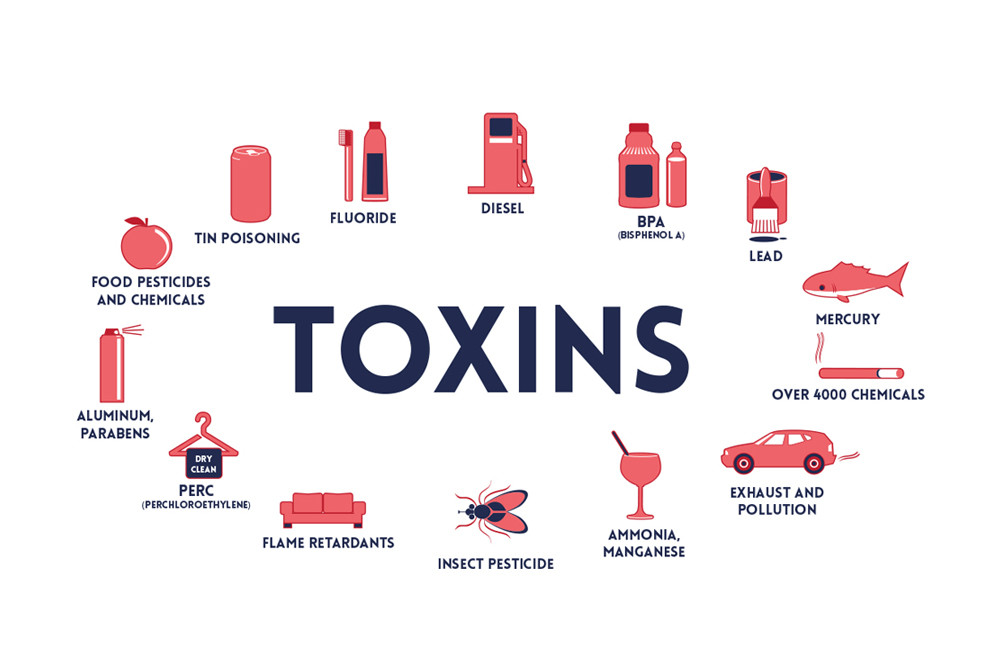
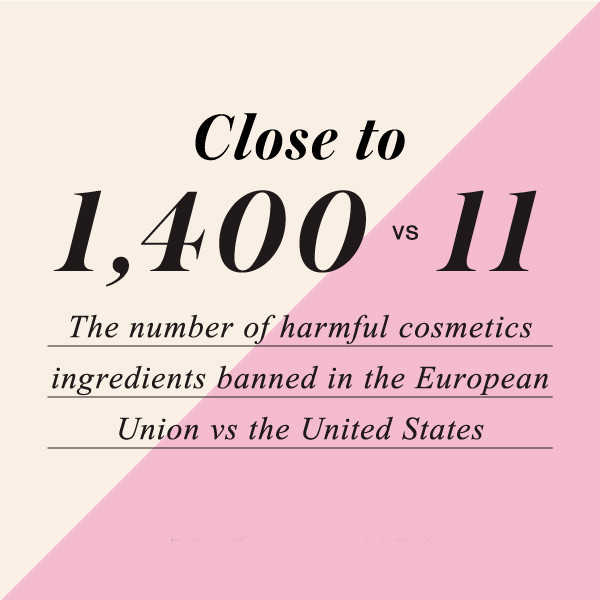
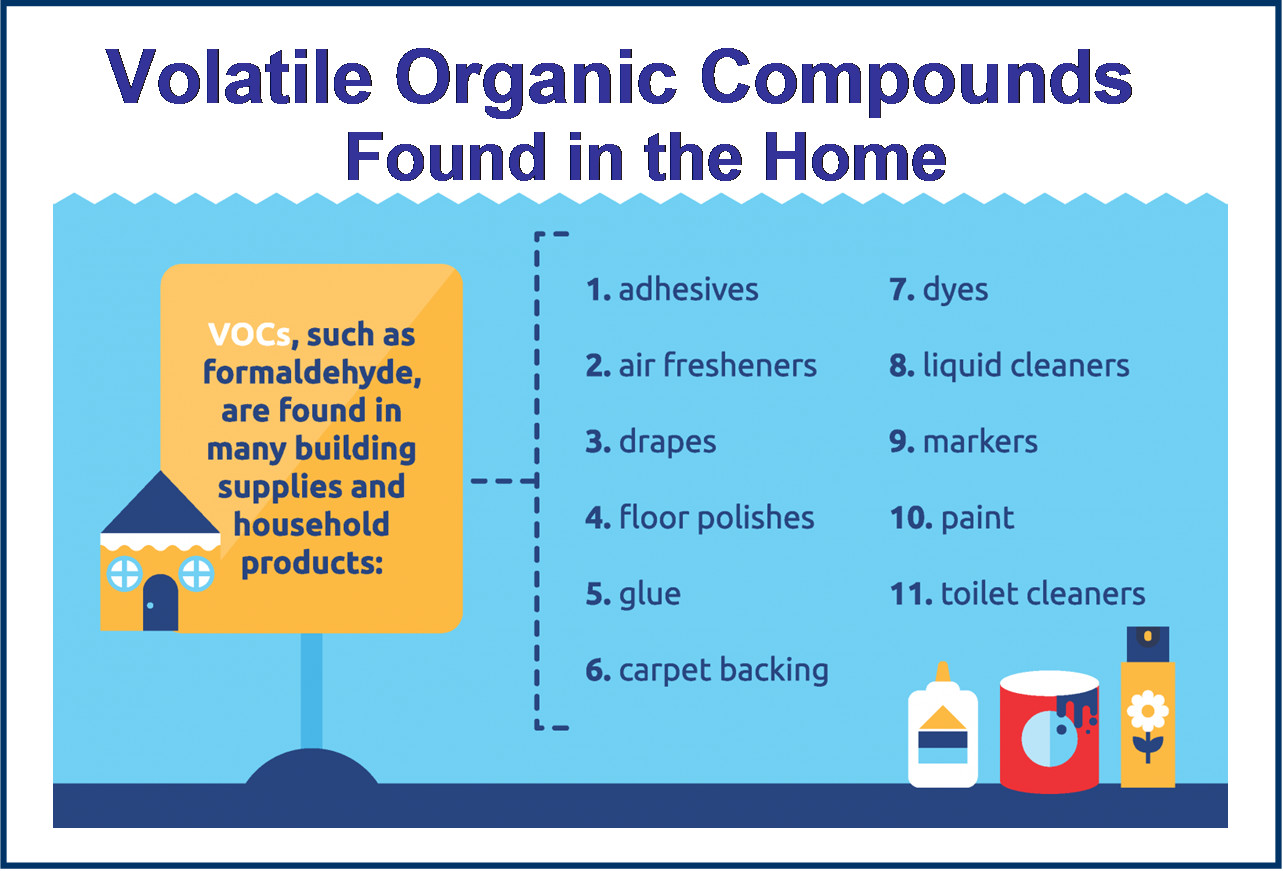
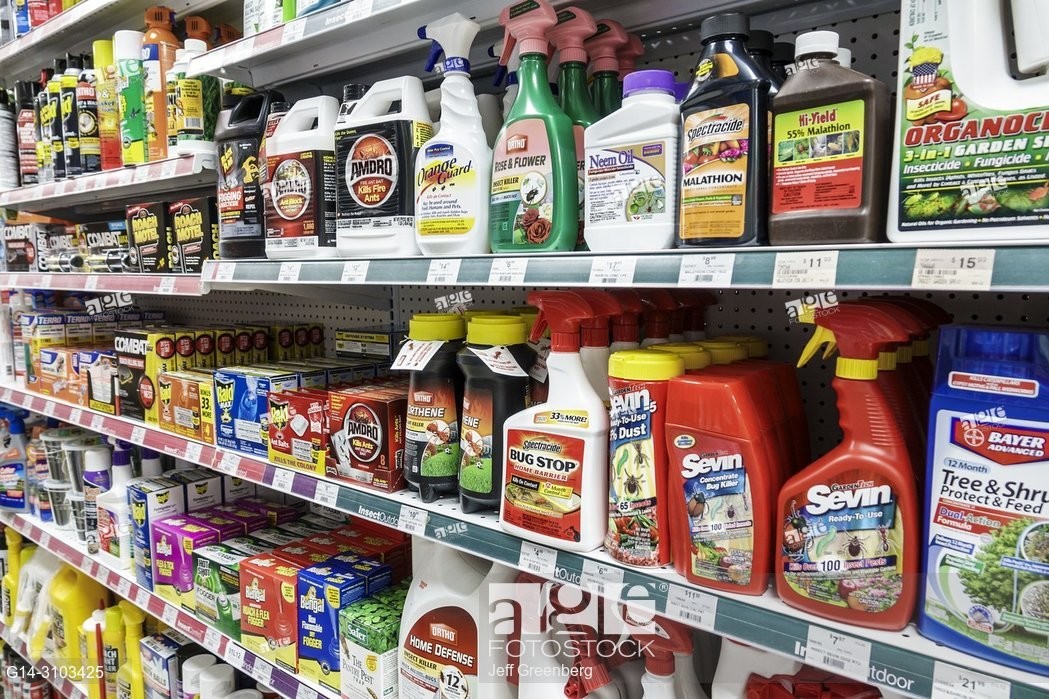
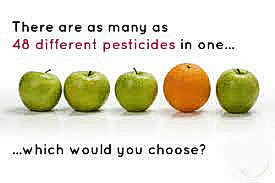
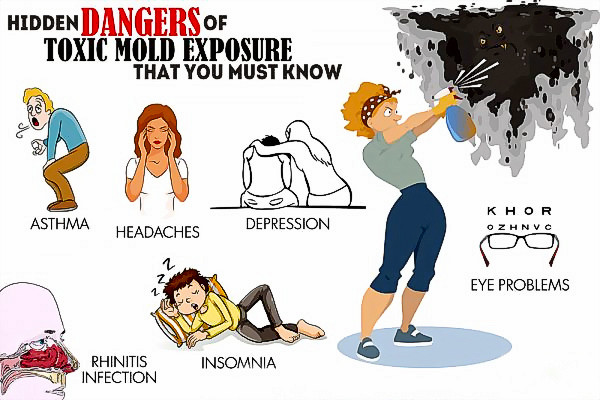


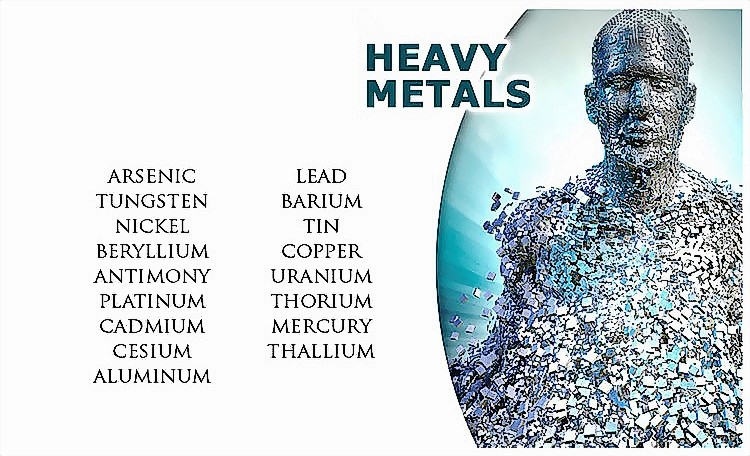
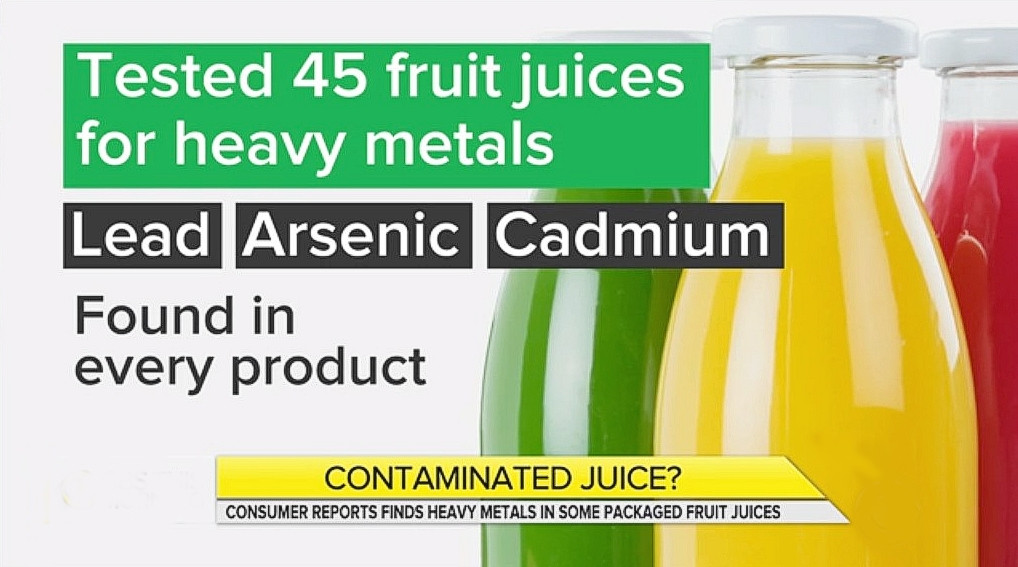
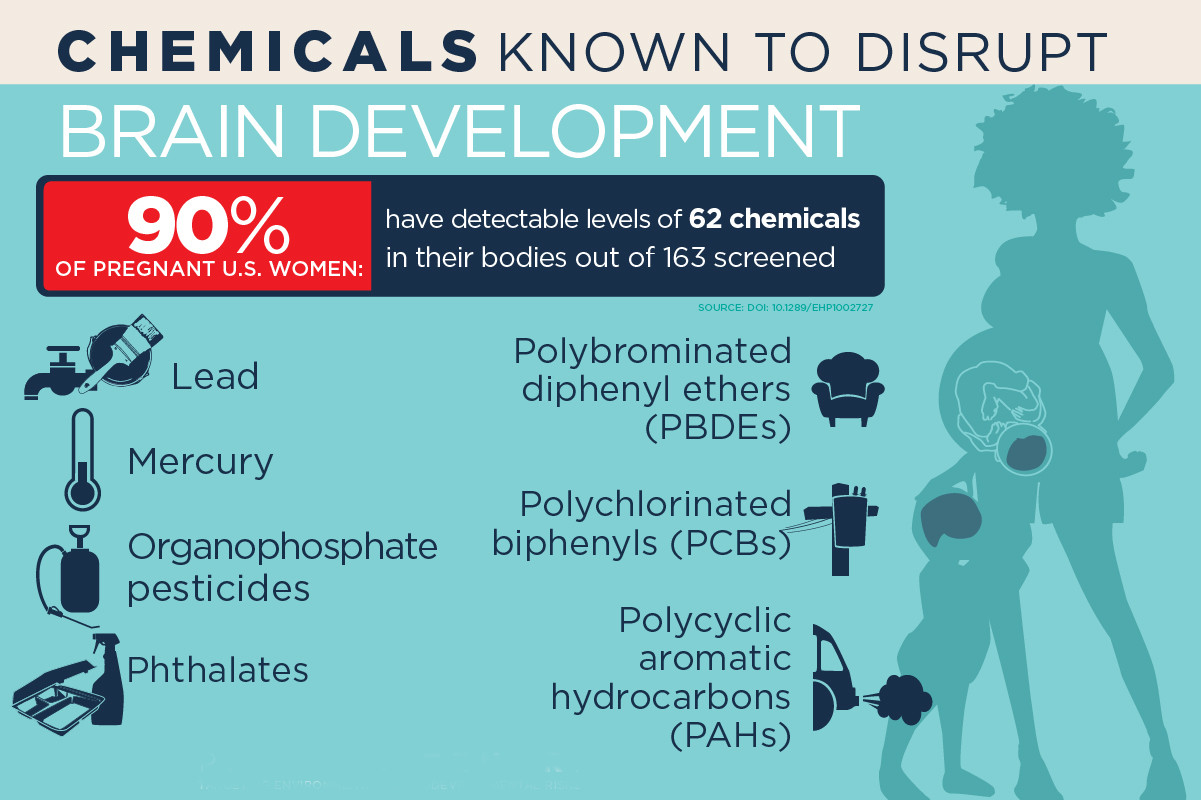
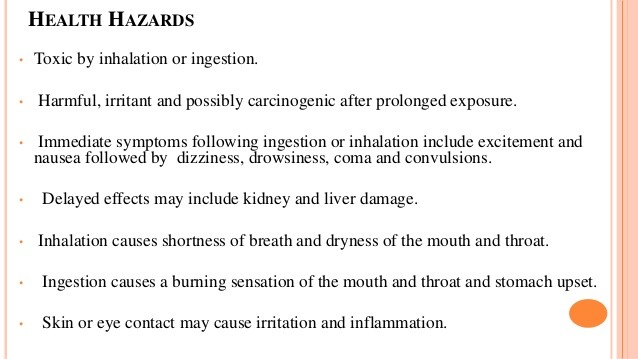
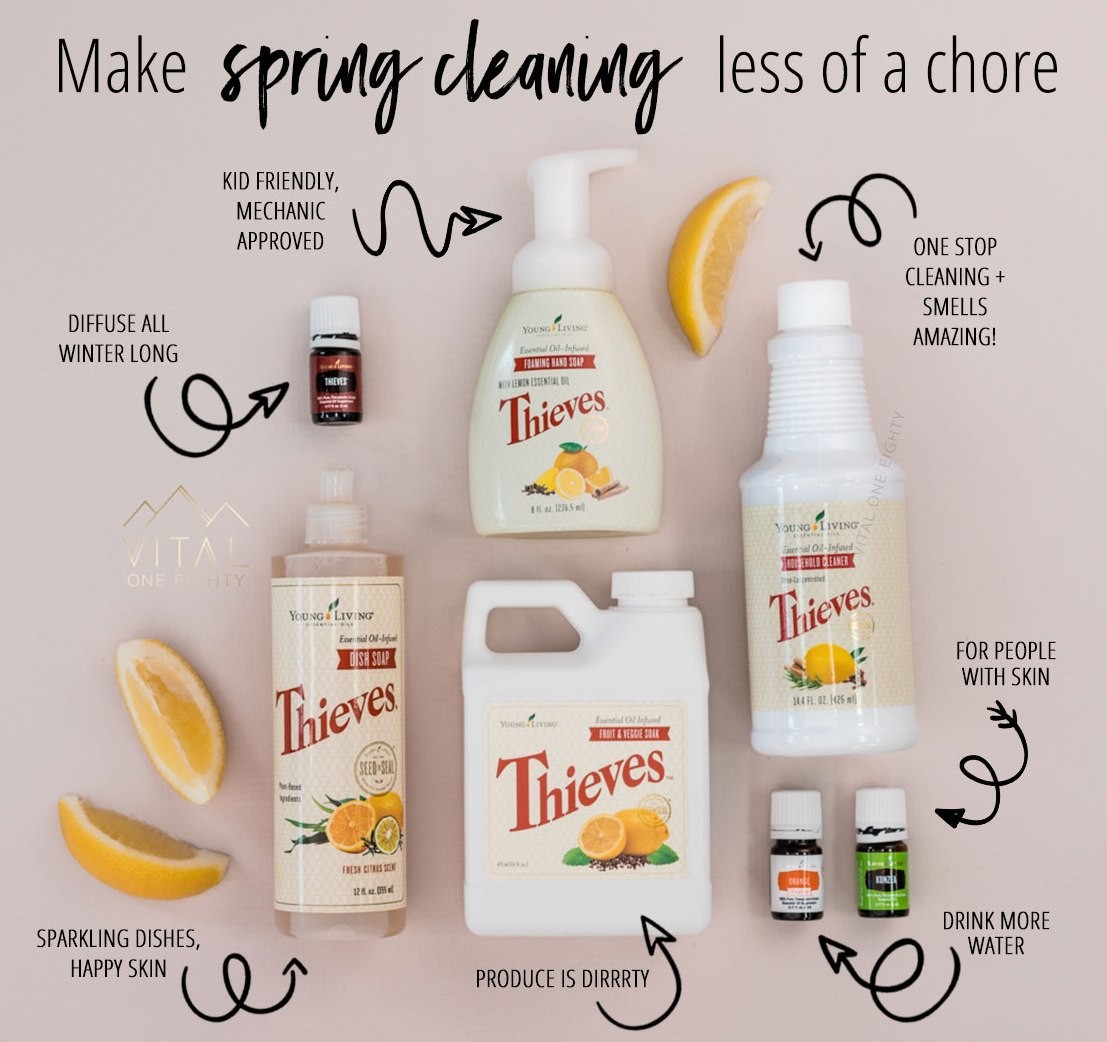
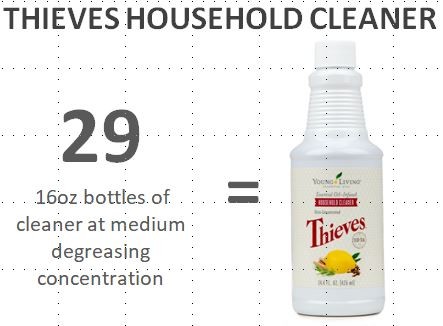
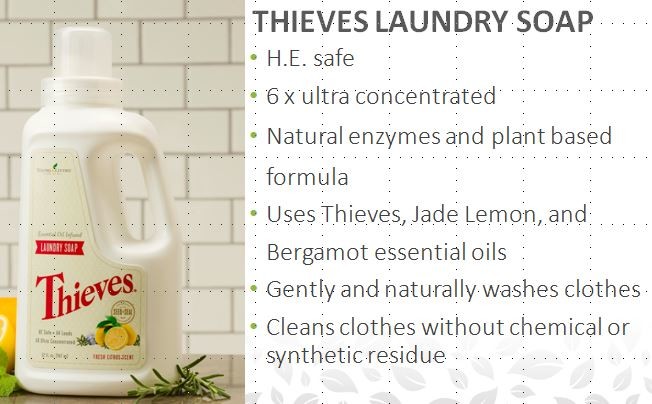
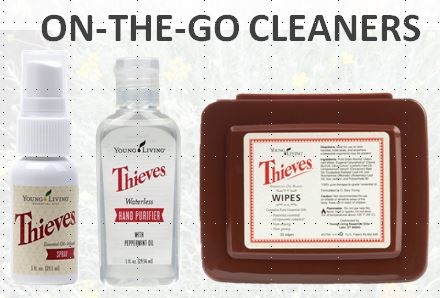
Are you over-run with toxins?
How much thought have you given to the harmful chemicals in the household products you use every single day?
You stroll down a store's aisles looking at cleansers, bottled water, cosmetics; then over to the produce section, pause at the meat counter, and then head to the checkout line. Count up the items in your basket: that's how many decisions you just made about the kinds of chemicals you're allowing into your home.
Did you know there are currently almost no laws in place that force manufacturers to warn consumers about the potential dangers of chemicals in cleaning products?
Did you know that the number of harmful ingredients banned in cosmetics by the European Union is almost 1400 compared to ONLY 11 in the United States?
Below you'll find just a fraction of the more common items in your home that may cause you to ask the question....
Is my home making me sick??
Common Toxins Found In The Home
1. Volatile Organic Compounds (VOCs)
VOCs are a group of chemicals that vaporize easily and bring gas pollutants into the home from a variety of sources. There are over 400 compounds in the VOC family which have been identified in the home and of these over 200 can be found in carpeting. According to the EPA, VOCs tend to be even higher (two to five times) in indoor air than outdoor air, likely because they are present in so many household products.
Sources: New carpets and home furnishings, interior paints, particle board, plywood and pressed wood products, new plastics and electronics, deodorants, cleaning fluids, varnishes, shampoos and cosmetics, dry cleaned clothing, moth repellents, air fresheners, and during the burning of wood stoves and tobacco products.
Sources: New carpets and home furnishings, interior paints, particle board, plywood and pressed wood products, new plastics and electronics, deodorants, cleaning fluids, varnishes, shampoos and cosmetics, dry cleaned clothing, moth repellents, air fresheners, and during the burning of wood stoves and tobacco products.
2. Pesticides
According to the EPA, 60 percent of herbicides, 90 percent of fungicides and 30 percent of insecticides are known to be carcinogenic. Alarmingly, pesticide residues have been detected in 50 to 95 percent of U.S. foods.
Sources: Food (some fruits, vegetables and commercially raised meats), household pest control products and sprays, and some chemical lawn treatments which drift or are tracked indoors.
3. Mold and Other Fungal Toxins
One in three people have had an allergic reaction to mold. Mycotoxins (fungal toxins) can cause a range of health problems with exposure to only a small amount.
Sources: Contaminated buildings, damp areas with frequent temperature changes, airborne particles from furnace blower or air conditioning unit.
Sources: Contaminated buildings, damp areas with frequent temperature changes, airborne particles from furnace blower or air conditioning unit.
4. Phthalates and PVC (Polyvinyl Chloride)
PVCs contain phthalates, a class of widely used industrial compounds known technically as dialkyl or alkyl aryl esters of 1,2-benzenedicarboxylic acid. There are many phthalates with many uses, and just as many toxicological properties. These chemicals are used primarily to lengthen the life of fragrances and soften plastics.
Sources: Plastic wrap, plastic bottles, plastic food storage containers, which can leach phthalates into our food. PVC in some consumer products such as vinyl flooring, drapes and wall-coverings, baby’s toys, shower curtains, blow-up air mattresses, cosmetics, home plumbing, outdoor furniture, and fixatives.
Sources: Plastic wrap, plastic bottles, plastic food storage containers, which can leach phthalates into our food. PVC in some consumer products such as vinyl flooring, drapes and wall-coverings, baby’s toys, shower curtains, blow-up air mattresses, cosmetics, home plumbing, outdoor furniture, and fixatives.
5. Dioxins
Chemical compounds formed as a result of incomplete combustion processes from commercial or municipal waste incineration, chlorine bleaching of pulp and paper, and from burning fuels like wood, coal or oil.
Sources: Animal Fats – Over 95 percent of dioxin exposure comes from eating commercial animal fats; 23% is from milk and dairy alone; the other large sources of exposure are beef, fish, pork, poultry and eggs. In fish, these toxins bio-accumulate up the food chain so that dioxin levels in fish are 100,000 times that of the surrounding environment. Cigarette smoke contains small amounts of dioxins. Small amounts of exposure occur from breathing air containing trace amounts of dioxins.
6. Heavy Metals
Metals like arsenic, mercury, lead, aluminum and cadmium, which are prevalent in many areas of our environment, can accumulate in soft tissues of the body.
Sources: Drinking water, some seafood, vaccines, pesticides, preserved wood, antiperspirant, building materials, dental amalgams, chlorine plants, lead paints.
7. Polybrominated Diphenyl Ethers (PBDEs)
PBDEs are industrial toxic chemicals that have been used for over 30 years as flame-retardants. Although PBDEs are being phased out, many are still used in North America.
Sources: Some furniture and furniture cushions, drapes, mattresses, pillows, pet beds, carpet and carpet padding, and household electronics and appliances.
8. Chloroform
This colorless liquid has a pleasant, non-irritating odor and a slightly sweet taste, and is used to make other chemicals. It’s also formed when chlorine is added to water.
Sources: Chloroform forms when chlorine, which is used to disinfect public water supplies, mixes with organic matter in the water. Air, drinking water and food can contain chloroform.
Let's Get To It
Yes..but isn't it expensive?
Have you checked the price of household cleaners in a typical grocery lately? Have you read the ingredients on their labels? Not to mention they
are used straight from the spray bottle... not a concentrate.
One 16 oz bottle of Thieves Household Cleaner will make 29 - 16 oz bottles... that's 3.6 GALLONS of cleaner at about a dollar per spray bottle...
and WITHOUT all the expensive toxins added.
So which do you think is more expensive?
Do the math.
Let's Not Forget the Laundry
Thieves Laundry Soap gently and naturally washes your clothes, cleaning them without leaving behind any harsh chemical or synthetic residue. Fabrics come out of the washer clean with a pleasant citrus aroma, thanks to a 100 percent pure blend of Thieves, Jade Lemon, and Bergamot essential oils.
This concentrated laundry soap has the power to wash 64 loads with just one 32-ounce bottle, that's 46 cents per load.
For Those On The Go
Messes are never convenient, but your cleaning solution can be! Thieves® Wipes quickly and conveniently freshen small surfaces at home or on the go. The non-greasy, non-drying formula easily cleans everyday items such as kitchen countertops, bathroom seats, or office telephones.
Looking for a fast and convenient way to freshen up small surfaces? Thieves Spray is the perfect on-the-go, quick-clean solution. Keep one or two around the house and throw one in your backpack, purse. or car.
Get clean hands anytime, anywhere with Thieves® Waterless Hand Sanitizer. Thanks to its compact size, you can bring this germ-fighting solution to the classroom, the office, and everywhere in between to use when needed.
Not sure which products you want to switch first?
Let's talk.

